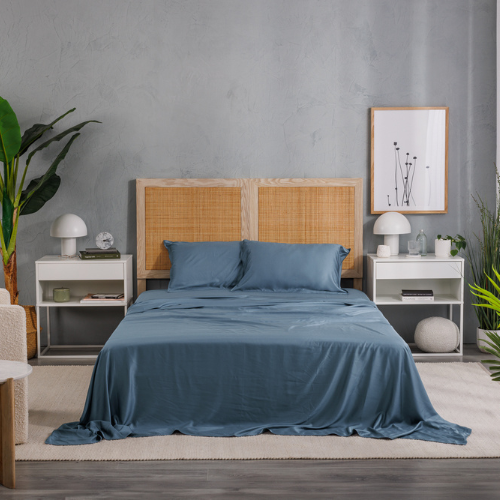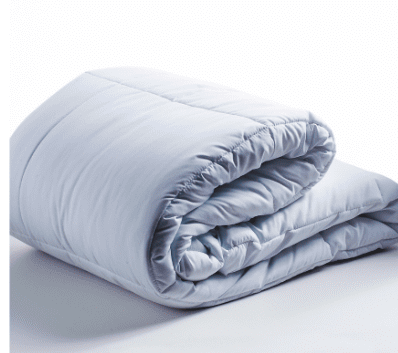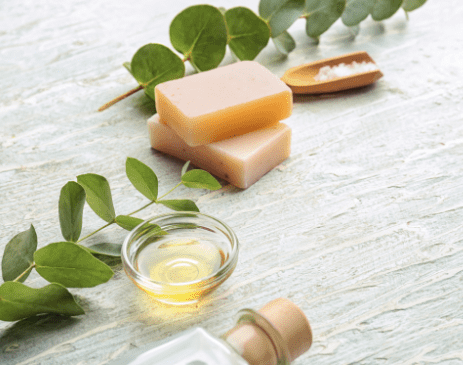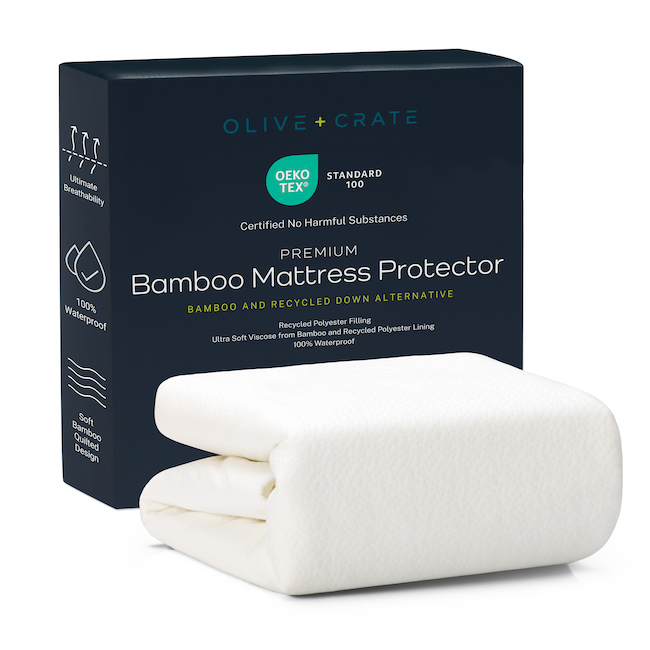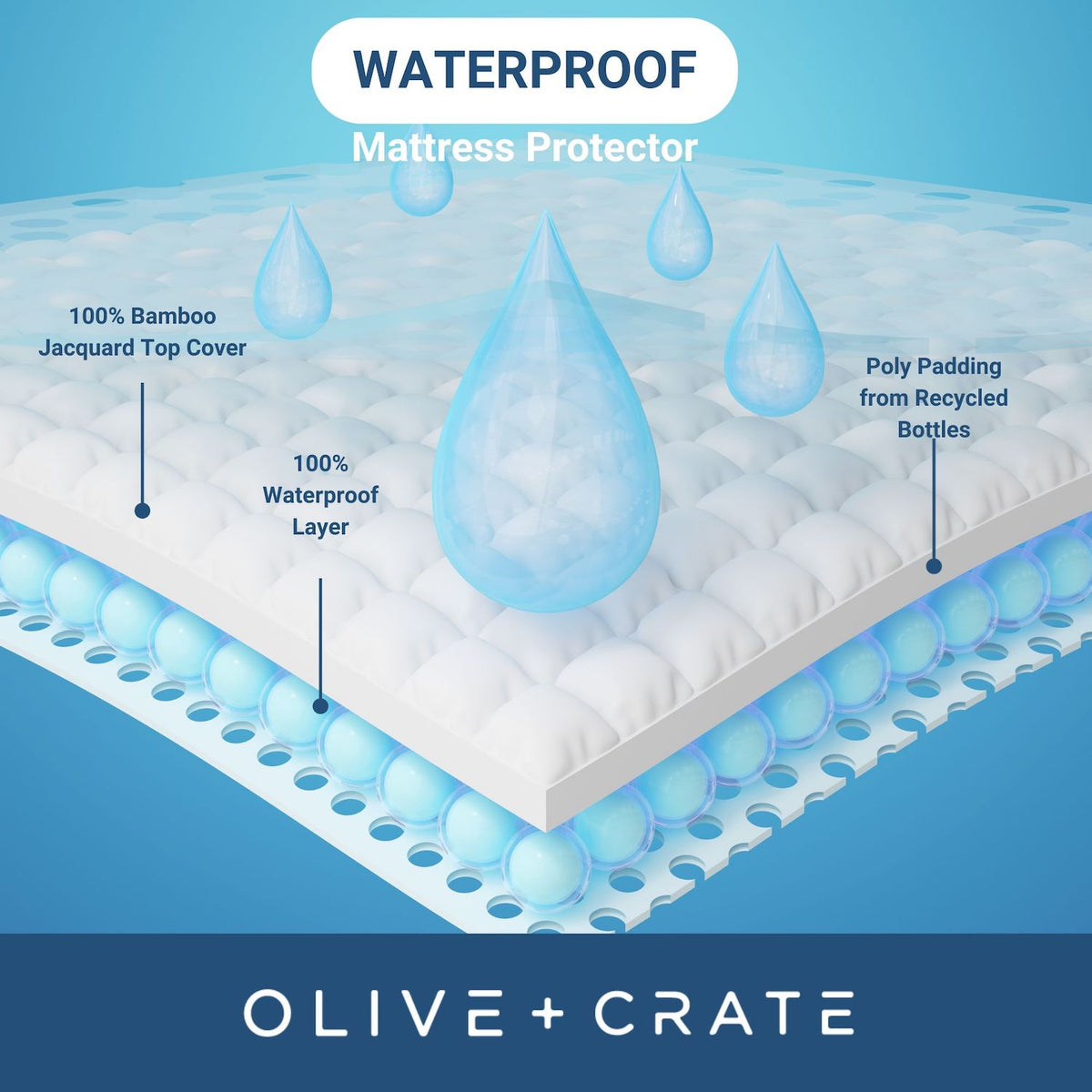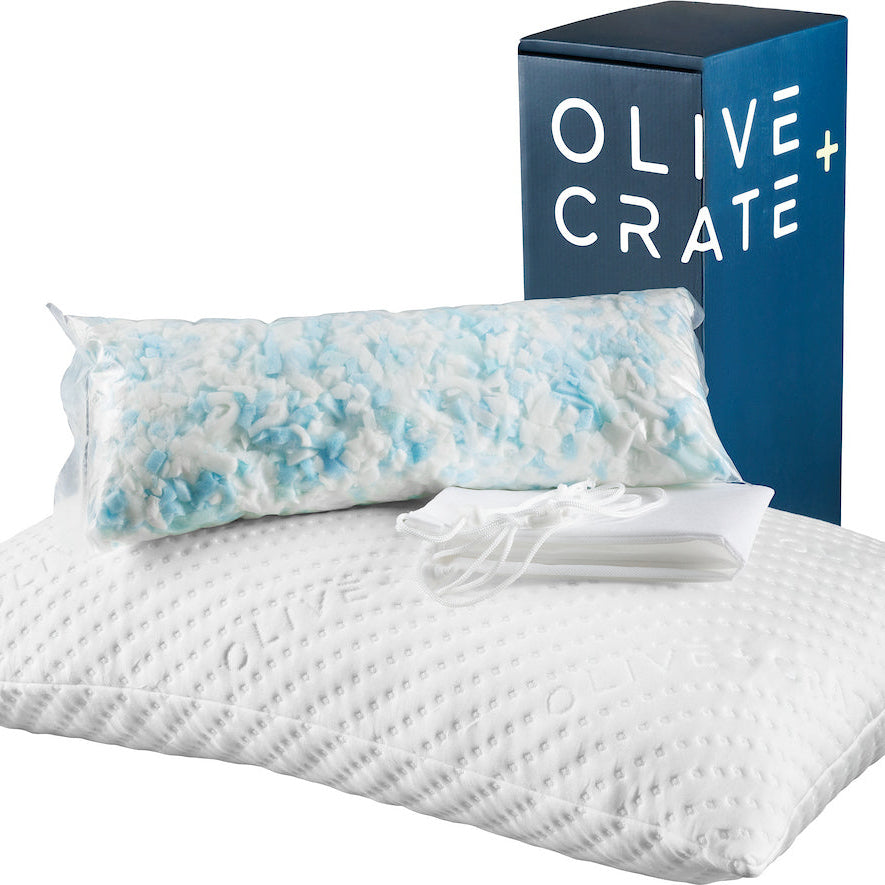They have hunted for items that will make their homes greener and their bodies healthier. In fact, a recent survey found that over three quarters of people would like to learn to live more sustainably. In a recent article for Forbes, James Ellsmoor delves deeper into the results of this survey. According to Ellsmoor, “a significant majority of Americans and Australians are intent on learning more about humanity’s impact on the environment.” The majority of the survey’s respondents also want to know “what they can do to live a more sustainable lifestyle.” The top three concerns of those worried over our impact on the environment were recorded as “plastic pollution,” “biodiversity loss” and “climate change.”
One of the most significant ways in which to ensure biodiversity preservation is to protect habitats -- including plants, animals and terrain. This can be achieved through limiting aggressive, irresponsible agriculture practices and by discouraging the deforestation that often occurs in order to create or expand farms.
Preventing -- or at least limiting -- deforestation and overuse/unethical use of farmland worldwide also contributes to climate stability. In a recent article for The Guardian, Damian Carrington notes that “as trees grow, they absorb and store the carbon dioxide emissions that are driving global heating.” He explains that recent research “estimates that a worldwide planting program could remove two-thirds of all the emissions from human activities that remain in the atmosphere today.”
Scientists have described this figure as “‘mind-blowing.’” There are many sustainable fibers on the market today that are grown and harvested in ways that do not require deforestation or the destruction of fertile land. One of the ways in which consumers can express their support for ethical farming practices is by purchasing products made from sustainable fibers. These include bamboo, Tencel, hemp and jute, among others. Learn more about 2021’s most innovative and ethically sourced fibers below.
2021’s Most Ethical and Innovative Fibers
Contrary to popular opinion, when compared with other fibers, neither cotton nor linen are two of the more sustainable options. As we explained in our recent article “Three Ways in Which Cotton Harms the Environment,” “cotton growing, harvesting and manufacturing all negatively affects the environment.” Growing and processing cotton often contributes to pesticide pollution. It also causes soil erosion and uses up quite a lot of water.
In our article “Why Tencel is Better for the Environment than Cotton and Linen,” we noted that “linen and cotton both require fairly labor- and emissions-intensive fiber production processes.” Furthermore, “both linen and cotton production emits high amounts of CO2 and other greenhouse gases before they even enter the marketplace.” All in all, Tencel, bamboo, hemp, jute and recycled fibers are all more sustainable options than linen or cotton. Learn more about these five innovative fibers in the following section.
Tencel (eucalyptus fiber)

In a recent article for Made Trade Magazine, Cayley Pater outlines the benefits of choosing TENCEL products. Pater explains that Tencel “is an impressive sustainable fabric utilizing environmentally sustainable production processes from Austrian manufacturer Lenzing.” Products made with TENCEL fabric -- especially clothing and homeware -- perform well in all climates. According to Pater, TENCEL “is lightweight, smooth, soft, and durable, retaining its quality wash after wash. TENCEL is also ideal for those with sensitive skin or those who are prone to allergies, notes Pater. She writes that TENCEL has a “uniquely smooth surface [that] makes it absorbent, hygienic, and breathable.”
Explaining the production process, Pater writes that “upcycled cotton scraps from clothing factories are blended with eucalyptus wood pulp” to create the smooth and sustainable product. The eucalyptus used in production is “sourced from farms certified by the Forest Stewardship Council (FSC).” Perhaps best of all -- as explained in our recent article -- “TENCEL production requires less water than cotton and linen.” Producers avoid overusing water by recycling all necessary water through a “closed-loop system.”
Bamboo

According to Ed Mass in his article “Bamboo Textiles: Green, Luxurious and Practical” for Natural Life Magazine, bamboo is “comfortable, very breathable, moisture-wicking, fast drying and thermal regulating.” These traits make the bamboo fiber ideal for clothing, homeware and even upholstery. Kate Carter writes in her recent article “Pandering to the Consumer” -- read “panda-ring” -- for The Guardian of the sustainability side of bamboo. Despite a few drawbacks, the woody grass has a lot of going for it, notes Carter. She writes that bamboo is “naturally pest-resistant, grows incredibly fast and can actually help rebuild eroded soil.”
Bamboo takes only “three or four years to go from seed to harvest and because the root network is so big, you don't even need to replant - it just shoots right back up again.” Because bamboo is grown so quickly and has such a hard exterior, bamboo crops do not require the spraying of pesticides in order to stay safe from biological attack. Though the production process is a bit opaque right now -- potentially leading to abuses of public trust -- bamboo is sustainably grown, writes Carter. All in all, bamboo is “a great deal more sustainable than cotton or many other commercially available alternative fabrics.”
Hemp

Yvette Hymann outlines the environmental benefits of choosing products created from hemp in her article “Material Guide: How Sustainable is Hemp Fabric?” for Good On You. According to Hymann, hemp is a “densely growing plant [that] literally chokes out any competing plants.” Though this might sound aggressive and harmful, it is actually healthier for consumers of hemp products and makes hemp easier to grow. Hemp’s jealous tendencies make pesticides and “chemical herbicides” unnecessary.
Hemp also uniquely nourishes the land it grows out of, notes Hymann, as it “returns 60-70% of the nutrients it takes from the soil.” Hemp requires far less water to grow and harvest than do cotton and linen -- and several other similar crops. In fact, “‘when you add processing into the equation, cotton uses more than four times as much water as hemp.’” Rougher but also more durable than cotton and linen, hemp is best suited to furniture upholstery.
Jute

According to an article from Green Clean Guide, jute is sustainable and eco-friendly for a myriad of different reasons. The article explains that -- somewhat similarly to bamboo -- “jute reaches maturity in less than 6 months and offers large crop yield for the area of land it’s grown upon.” Growing so efficiently means that jute requires much smaller plots of farmland, thus limiting deforestation and infringement on the existing biome. Furthermore, much like bamboo and hemp, “jute can be grown without the need to use pesticide or fertilizer.” Being completely “biodegradable and compostable,” jute has become a sought-after replacement for disposable plastics.
Perhaps best of all, the jute plant can capture carbon dioxide and “release oxygen at a rate much higher than most trees.” Though one might imagine a rough surface comparable to hemp, jute is actually surprisingly soft, similar to the feel of an organic wool.
Because jute fibers come from the plant's stalk, not its leaves, the material is wonderfully soft; it almost resembles wool. Cons: That softness means it's also the least durable of the bunch, making it best for low- and medium-traffic areas. One King Lane’s “Essential Guide to Natural-Fiber Rugs” explains that “because jute fibers come from the plant's stalk, not its leaves, the material is wonderfully soft.”


